Sowerbrower. Her post focuses on how high school students define YA literature. Kelli's post doesn't deal directly with clubs, but many of the students who wrote participate in a book club at Kelli's school. Here, Leilya Pitre, one of my former doctoral students, provides a glimpse of how her students have incorporated online book clubs as they have moved to online learning as part of the COVID-19 quarantine measures. I am excited about how she has outlined her YA course. I know that I am going to be moving some of these ideas into my courses.
Book Clubbing via Google Meet, or There Is Always a Time for Hope
- Let others answer first.
- Make connections between comments.
- Occasionally direct questions toward quiet people.
- Don't feel obligated to get through all the questions.
It seemed like nothing major, but I greatly appreciated the very act of thinking about how to accommodate each of the classmates. Being respectful, keeping an open mind, and being free to express thoughts goes without saying in my classroom space.
| This week’s reading was The Memory of Things (Polisner, 2016), and, to my preservice teachers, it didn’t seem accidental. It is a story about the heartbreaking events of 9/11 that shook the world and changed it forever. The novel begins in Manhattan as a high school and thousands of new Yorkers are evacuating from the attack over the Brooklyn Bridge. The main character, a 16-year-old boy, spots what he thinks is a bird at first. Throughout the novel, we follow the story of two teenage narrators, Kyle and H, who found themselves and each other in the midst of a horrific tragedy trying to survive and cope with unthinkable trauma. |
Responding to Dominique’s entry, Hannah’s comment demonstrates how we too, much like Polisner’s characters, have to adapt to the changed reality: “While the quarantine may not seem as immediate or terrifying, it is certainly impacting our world in ways we never expected, and we are having to alter our daily routines, similar to the ways the characters did in the story.”
Moving from the Forum discussion to a Book Club format via Google Meet, Randy led the session beginning with his peers’ first reaction to the novel. Most of them are 21-24 year-old young adults, who do not remember or have vague memories about September 11 of 2001; nonetheless, there wasn’t anyone who didn’t connect with the novel and its characters. For Louisianans, connections are easy to make—here we are frequently weathering heavy storms, hurricanes, and some are still dealing with a historic flood of 2016, which left thousands of families homeless. The locals know firsthand what a tragedy is. They also know how strong, caring, loving, and resilient our communities are. If you haven’t heard about the Cajun Navy yet, click on the link. (There is also documentary film produce for the Discovery channel.) You will see that our people will drop everything and rush to help the others who have it tougher at the moment.
It was that immediate connection and relevancy that drew my students’ attention to this YA novel. They wanted to discuss Kyle and H’s experiences because they felt they too encountered pain and loss in their own lives. Everyone could add something to what Caitlin shared: “I have had several tragic things happen. I watched one of my grandfather’s fade from this world because of Alzheimer’s. I helped take care of my grandmother after he passed until she passed from cancer five years later. We flooded in 2016. I watched my Aunt die from complications with Leukemia. Just like Kyle and H, I had to learn how to deal with all those losses.” This conversation steered towards emotional trauma, which might be invisible, but not less destructive than a physical wound.
Discussing trauma and how to heal, Reagan notes that “there is no rule book for something of this magnitude,” continuing: “That is why we have the trauma bonding that happened between Kyle and H.” She further explains that if two or more people endure a traumatic experience together, they have a strong bond. People tend to cling to each other when they are lost and scared. In the novel, the two young people meet under extreme circumstances, have to stay together for a few days, and fall in love. The questions some of my students pose are: So, Kyle and H bonded and fell in love because of shared emotional trauma. Does that make their bond weaker or less valid? Would they fall in love if it weren’t for 9/11 events? The answers vary, until Jade, one of the two graduate students I have in class, declares that H and Kyle’s relationship are not “less legitimated based on how they met and got close to one another. Unlike the couple in Hate List, they are bonded by grief, fear, and confusion, but not hatred. They are not compelled to each other because of the people they hate, rather they are drawn together by the people they have loved and lost.” Their love may not last long, just like the first teenage love of millions of other young people, but it is genuine, gentle, and real at the moment. This love helps them survive.
By the end of the novel, readers sense hope and know that our major characters are going to be okay. “Hope is the thing with feathers,” claims Emily Dickinson in her famous poem, and H, who is literally wearing feathers at the moment we meet her first, becomes Kyle’s hope in the novel. In his Forum response and later in class, Daniel thinks that “the girl represents blissfulness. She is innocent and her wings make her an angel who is just squeaky clean and innocent. Kyle views her as important but fleeting, like happy memories that we all wish to relive and relish when life is falling apart around us.” He wants to save her, so she can save him.
Every day we walk around putting walls up. We don’t want to be weak or hurt. Because that stuff sucks. Then why is it that inside of all that chaos and misery there is also happiness and connection? Who decided on that nonsense? I don’t know, but what I do know is that moving on is worth the risk.
Whenever life feels out of control, off track, or just plain chaotic, know that you are more than those things. We are more than the sum of our intentions and the sum of our mistakes. We are the liminal. We are the doorway, and we get to decide what comes next. So let your heart out every once in a while. Take it out for a walk. Let yourself feel again. Let yourself heal and be vulnerable.
I cry a lot, I feel angry, I feel empty. But then I realize it's just life, and sometimes you cannot control it. So I keep moving on. Maybe starting from small daily things, like Kyle did, doing laundry or cooking breakfast. I know that, even when my world collapses, the world outside keeps moving on. I can find the way to keep moving on with it too.
The people of this country have survived the devastating aftermath of 9/11, will conquer the present pandemic virus, and will keep the memory of things, along with Gae Polisner and her heroes—H and Kyle—because we are “tethered,” tethered to each other. I also have a hope for my preservice teachers that one day they will walk into their own classrooms and bring these priceless memories to their own students. They will teach them to always hold on to hope.
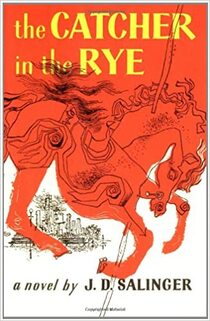
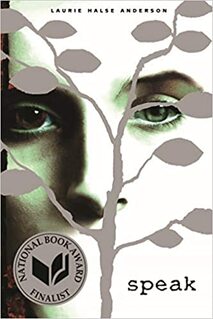
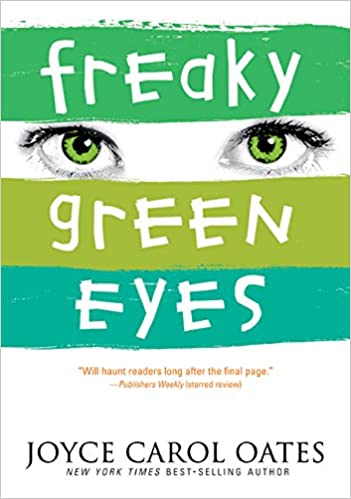
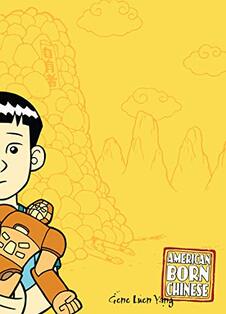
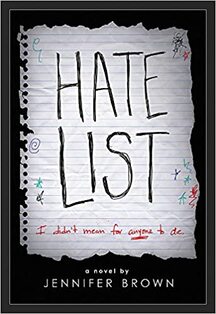
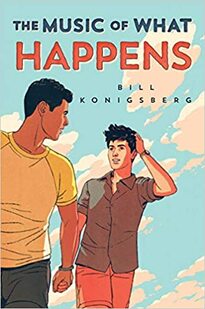
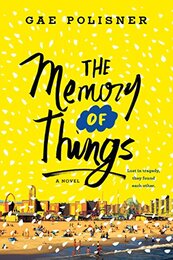

 RSS Feed
RSS Feed